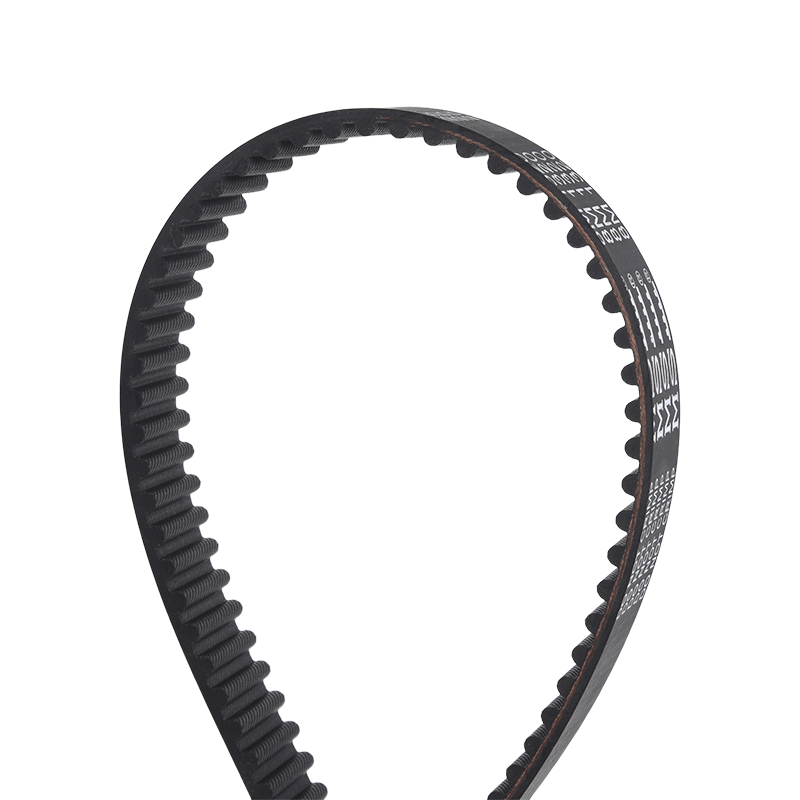Summary of advantages and disadvantages of synchronous belt drive
1. The synchronous belt works without slipping and has an accurate transmission ratio
The synchronous belt transmission is a kind of meshing transmission. Although the synchronous belt is an elastic body, because the load-bearing rope in it has the characteristic that it does not elongate under the action of tension, it can keep the belt pitch unchanged, so that the belt and the tooth groove It can be meshed correctly to realize synchronous transmission without slip and obtain precise transmission ratio.
2. The transmission efficiency of the synchronous belt is high, and the energy saving effect is good
Since the synchronous belt is used for synchronous transmission without slipping, it has a high transmission efficiency, generally up to 0.98. Compared with V-belt transmission, it has obvious energy-saving effect.
3. Synchronous belt transmission ratio range is large, compact structure
The transmission ratio of the synchronous belt drive can generally reach about 10, and in the case of a large transmission ratio, its structure is more compact than that of the V-belt drive. Because the synchronous belt transmission is a meshing transmission, the diameter of the pulley is much smaller than that of the V-belt pulley that relies on friction to transmit power. In addition, since the synchronous belt does not require a large tension force, the size of the pulley shaft and the bearing can be adjusted. decrease. Therefore, compared with the V-belt drive, under the same transmission ratio, the synchronous belt drive has a more compact structure.

4. The synchronous belt is easy to maintain and the operating cost is low
Because the load-bearing rope in the synchronous belt is made of materials such as glass fiber and steel wire with very small elongation, the belt elongates very little during operation, and there is no need to frequently adjust the tension like V-belts and chain drives. In addition, the timing belt does not need any lubrication during operation, so maintenance is very convenient, and the operating cost is much lower than that of V-belts, chains, and gears.
5. The timing belt can still work normally under harsh environmental conditions
Although the synchronous belt transmission has the above advantages compared with other transmissions, it has extremely strict requirements on the center distance during installation, and at the same time, the manufacturing process is complicated and the manufacturing cost is high.
Hot Products
-
 View More
View More
-
 View More
View More
V-belt For Industry
-
 View More
View More
T Type Industry Rubber Synchronous Belt
-
 View More
View More
Toothed wedge belt
-
 View More
View More
Thickened timing belt
-
 View More
View More
Open Timing Belt
-
 View More
View More
Automotive V-belt
-
 View More
View More
Rubber Flat Belt
-
 View More
View More
Ribbed Belt
-
 View More
View More
Synchronous Pulley
-
 View More
View More
Arc tooth industrial rubber synchronous belt
-
 View More
View More
Automotive timing belt

 English
English 简体中文
简体中文
